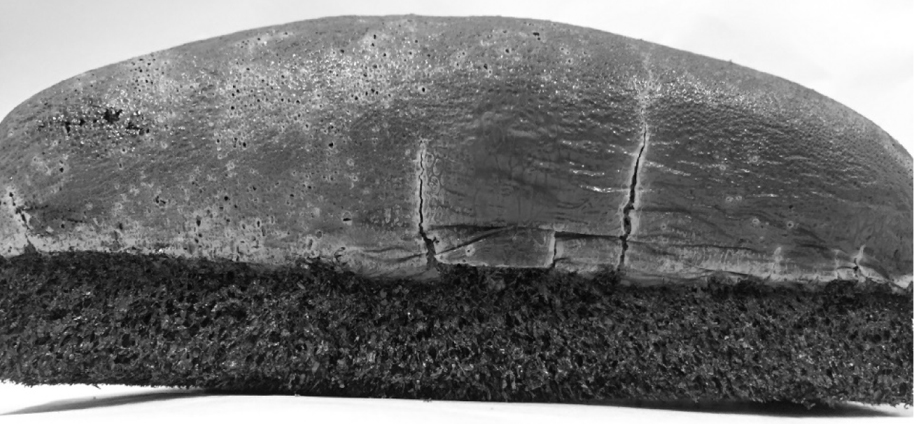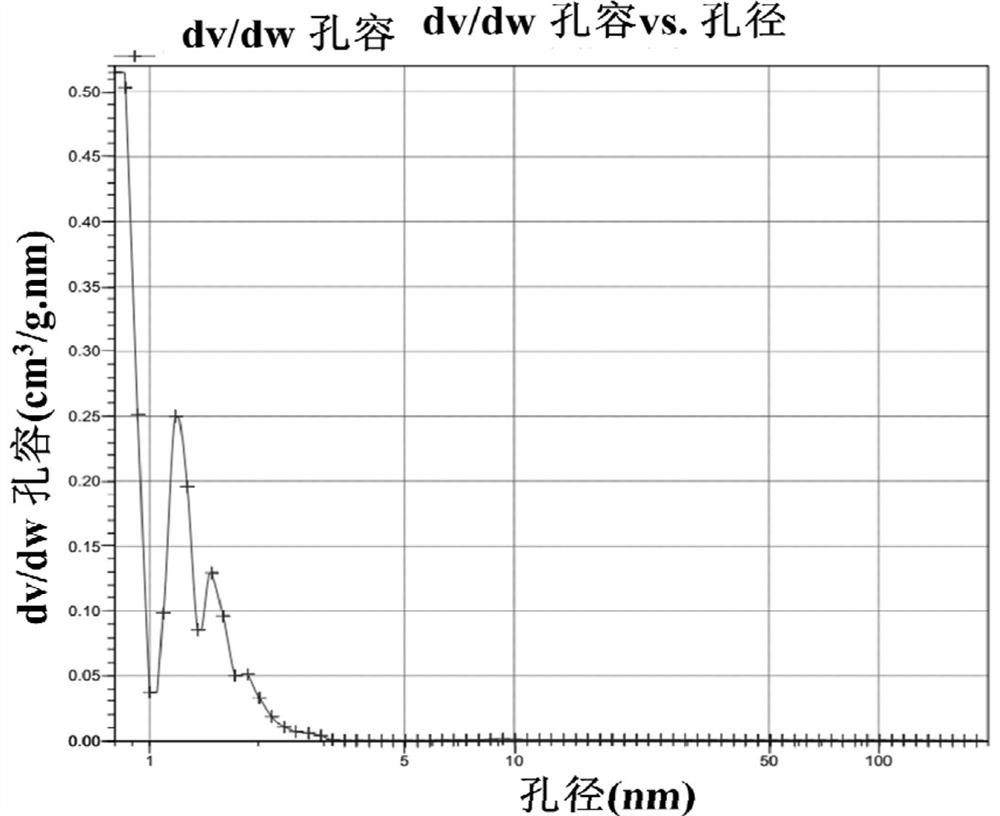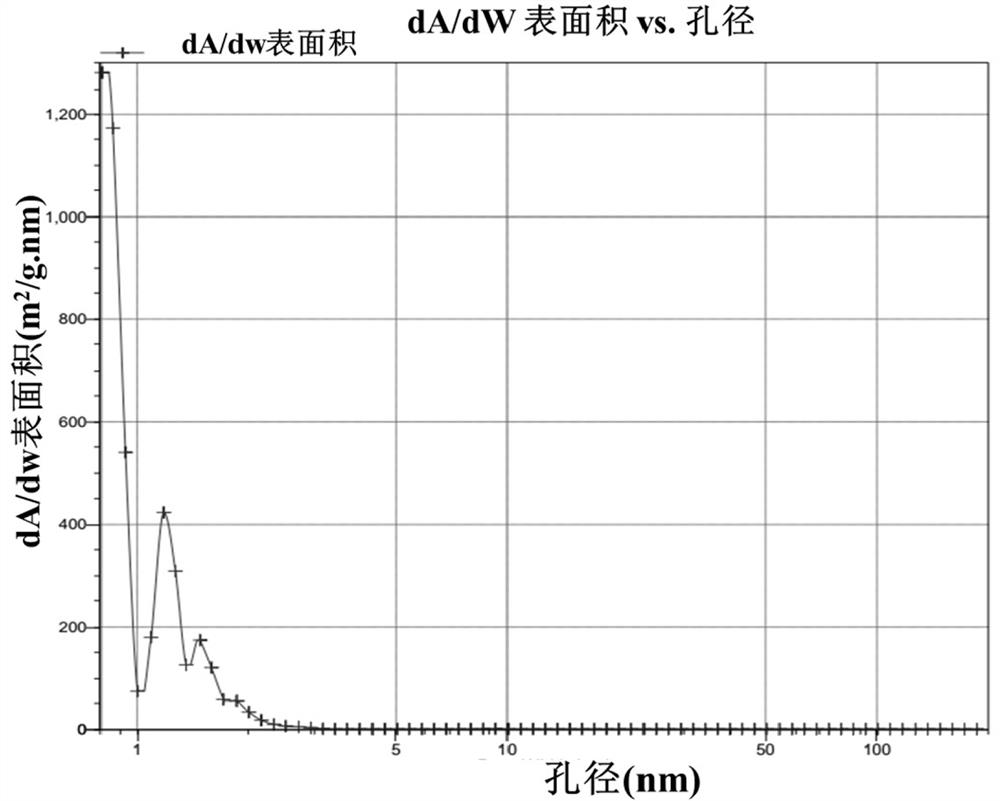A kind of bio-oil light distillate-based bread-shaped porous activated carbon and its preparation method and application
A technology of porous activated carbon and bio-oil, which is applied in chemical instruments and methods, carbon compounds, hybrid/electric double-layer capacitor manufacturing, etc. It can solve the problems of activator inability, activation gas waste, uneven mixing, etc., and achieve the reduction of activator The effect of dosage and heat energy consumption, increasing specific surface area and pore volume, and improving electrochemical stability
- Summary
- Abstract
- Description
- Claims
- Application Information
AI Technical Summary
Problems solved by technology
Method used
Image
Examples
preparation example Construction
[0063] As described in the technical background, the existing chemical activation methods for preparing activated carbon mainly adopt one-step activation or two-step activation, and simultaneously combine the activator with the larger mass ratio (activator: biomass or activator: pre-carbide) Carbon precursor mix. Commonly used mixing methods include grinding mixing, ultrasonic mixing, etc., resulting in the inability to mix the activator and the activated precursor uniformly, resulting in poor uniformity of the resulting mixture. Secondly, a large amount of activator needs to be used, thereby increasing the cost and causing environmental pollution, and the pore distribution of the obtained activated carbon is uneven. Because of the different types of biomass, the preparation process is difficult to unify. In order to solve the above deficiencies, the present invention provides a bio-oil light distillate-based bread-shaped porous activated carbon and its preparation method and...
Embodiment 1
[0089] A preparation method of bio-oil light distillate base bread-shaped porous activated carbon, comprising the following steps:
[0090] Step 1. Preparation of raw materials: select walnut shells as biomass raw materials, and obtain bio-oil after rapid pyrolysis at 550°C. Under the molecular distillation conditions of 1500Pa / 60°C and short-path distiller working pressure of 0.1mbar, the bio-oil was molecularly distilled into light fractions, which were used as carbon precursor raw materials.
[0091] Step 2, preparation of activator: choose K 2 CO 3 For the activator, prepare the activator according to the mass ratio (activator: light fraction=1:9).
[0092] Step 3, mixing of raw materials and activator: slowly add the activator in step 2 to the light fraction in step 1, seal the container, stir for 1 hour with a magnetic stirrer to fully mix the activator and the light fraction , to obtain a homogeneous liquid mixture.
[0093] Step 4, the first stage of activation: pu...
Embodiment 2
[0100] A preparation method of bio-oil light distillate base bread-shaped porous activated carbon, comprising the following steps:
[0101] Step 1. Preparation of raw materials: select walnut shells as biomass raw materials, and obtain bio-oil after rapid pyrolysis at 550°C. Under the molecular distillation conditions of 1500Pa / 60°C and short-path distiller working pressure of 0.1mbar, the bio-oil was molecularly distilled into light fractions, which were used as carbon precursor raw materials.
[0102] Step 2, preparation of activator: choose K 2 CO 3 For the activator, prepare the activator according to the mass ratio (activator: light fraction=1:9).
[0103] Step 3, mixing of raw materials and activator: slowly add the activator in step 2 to the light fraction in step 1, seal the container, stir for 1 hour with a magnetic stirrer to fully mix the activator and the light fraction , to obtain a homogeneous liquid mixture.
[0104] Step 4, the first stage of activation: pu...
PUM
| Property | Measurement | Unit |
|---|---|---|
| density | aaaaa | aaaaa |
| pore size | aaaaa | aaaaa |
| pore size | aaaaa | aaaaa |
Abstract
Description
Claims
Application Information
 Login to View More
Login to View More - R&D
- Intellectual Property
- Life Sciences
- Materials
- Tech Scout
- Unparalleled Data Quality
- Higher Quality Content
- 60% Fewer Hallucinations
Browse by: Latest US Patents, China's latest patents, Technical Efficacy Thesaurus, Application Domain, Technology Topic, Popular Technical Reports.
© 2025 PatSnap. All rights reserved.Legal|Privacy policy|Modern Slavery Act Transparency Statement|Sitemap|About US| Contact US: help@patsnap.com



